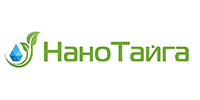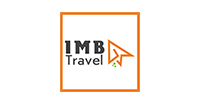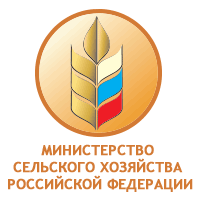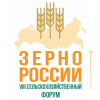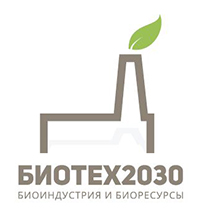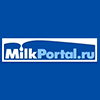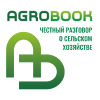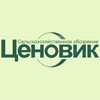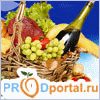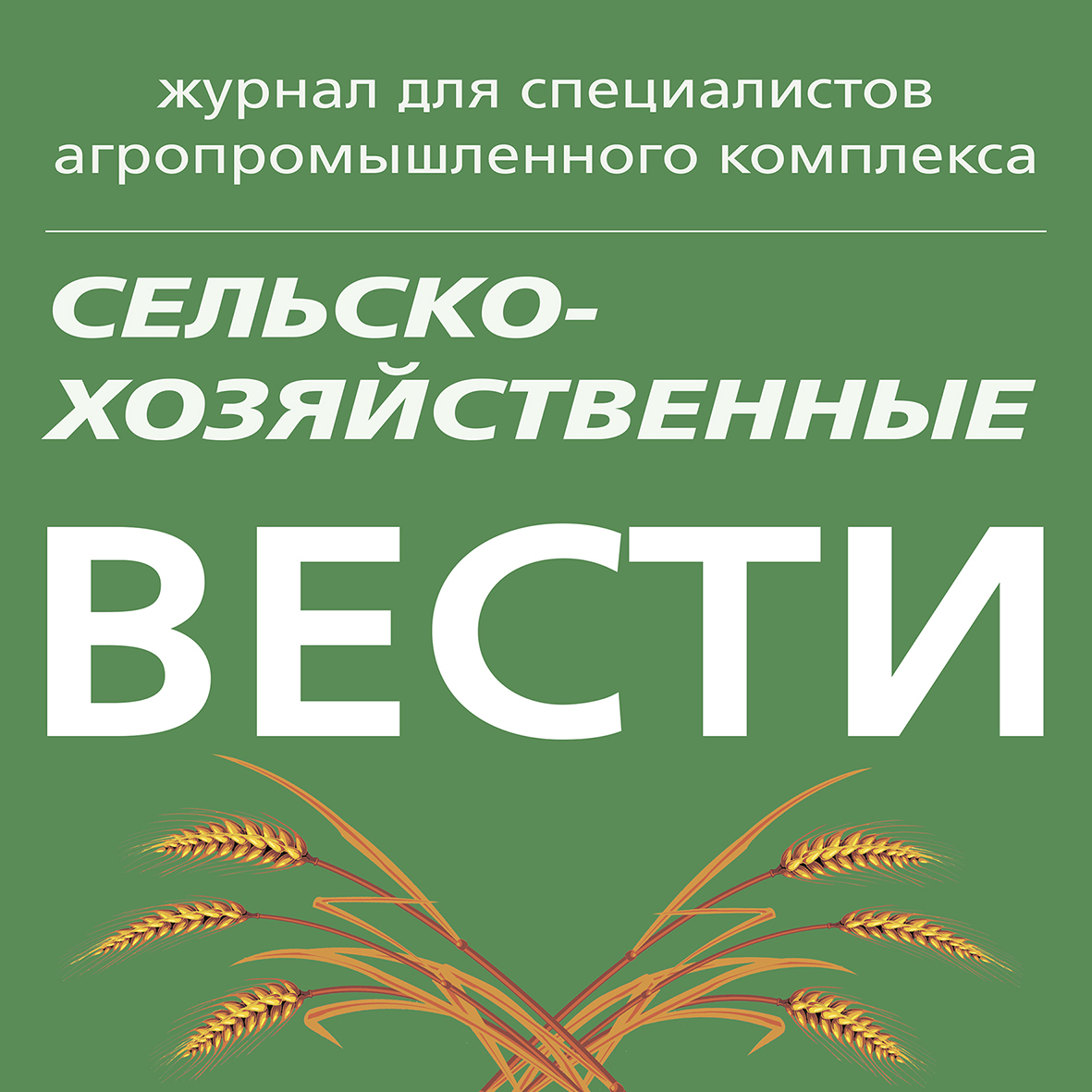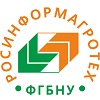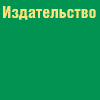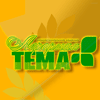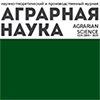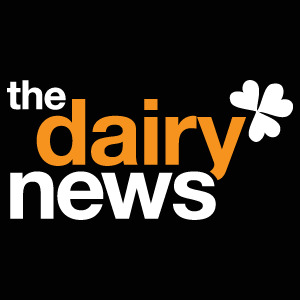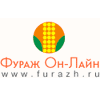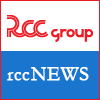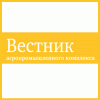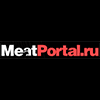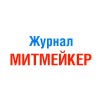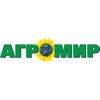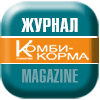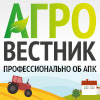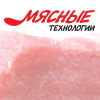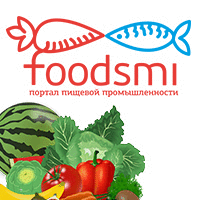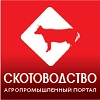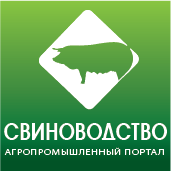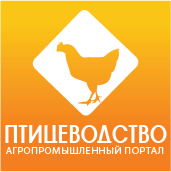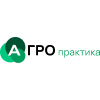Feather Meal Market Expected to Expand at 8.6% CAGR, Reaching USD 1,270.1 Million by 2034
05.06.2025 09:57:07
Feather Meal Market Expected to Expand at 8.6% CAGR, Reaching USD 1,270.1 Million by 2034 due to Sustainable Feed Solution | Future Market Insights, Inc.
In North America, advanced hydrolysis technologies have enabled producers to transform chicken feathers into high-quality, nutrient-dense feather meal for animal feed. This technical progress, particularly in the United States, has made the region a leader in feather meal production, improving product quality and broadening its applications across various animal species.
| Source: Future Market Insights Global and Consulting Pvt. Ltd.
NEWARK, Del, Oct. 30, 2024 (GLOBE NEWSWIRE) -- The feather meal market, valued at USD 570.1 million in 2024, is anticipated to reach USD 1,270.1 million by 2034, growing at a CAGR of 8.6%. Feather meal, derived from poultry feathers, is a sustainable, protein-rich option for animal feed, fertilizers, and even bioplastics, providing versatile solutions across industries.
With advancements in hydrolysis technology, feather meal is increasingly digestible, boosting its appeal in the animal nutrition sector. Its rich amino acid profile supports livestock health, and its organic nature aligns with the trend toward sustainable farming and eco-friendly practices.
The market's growth is further driven by increased global protein demands in aquaculture, pet food, and animal feed, offering a cost-effective, low-impact alternative to traditional protein sources like fish and soybean meal. This trend is particularly prominent in regions like North America and Asia-Pacific, where agricultural practices and animal nutrition standards are evolving.
Feather meal also finds applications in organic agriculture, where it functions as a nitrogen-rich fertilizer, releasing nutrients gradually and improving soil health over time. Its adoption in horticulture and lawn care reflects its role in promoting environmentally-friendly landscaping practices.
Growth Drivers and Opportunities
Key growth drivers for the Feather Meal Market include its cost-efficiency, high protein content, and alignment with sustainability goals in agriculture and animal feed. The rise in organic farming and eco-friendly pet food further expands its application scope. Feather meal also supports a circular economy by repurposing poultry by-products.
Key Takeaways from Market Study:
Estimated Market Size (2024): USD 570.1 million.
Forecast Market Size (2034): USD 1,270.1 million, growing at an 8.6% CAGR.
Main Applications: Animal feed, organic fertilizers, and bioplastics.
Top Growth Regions: North America and Asia-Pacific.
"Feather meal's high protein content and sustainability make it an ideal alternative for animal feed and organic fertilizers, addressing both environmental and economic needs in agriculture," - says Nandini Roy Choudhury, Client Partner at Future Market Insights
Country-wise Insights
Countries CAGR 2024 to 2034
The USA 6.7%
Brazil 9.1%
India 10.4%
Germany 7.8%
China 8.7%
Feather Meal Market.png
Key determinants of growth for the Feather Meal Market:
High Nutrient Content: Feather meal offers a rich source of protein and nitrogen, making it popular in animal feed and organic fertilizers.
Sustainable & Cost-effective Protein Source: As a by-product of the poultry industry, feather meal provides an eco-friendly, low-cost protein source.
Rising Demand for Organic Fertilizers: Increased preference for organic farming boosts demand for feather meal as a natural fertilizer.
Growth in Livestock Feed Market: Expanding livestock production drives demand for protein-rich feed, benefiting the feather meal market.
Advancements in Processing Technology: Innovations in feather processing improve digestibility and broaden feather meal's applications.
Stringent Waste Disposal Regulations: Environmental regulations encourage the use of by-products like feather meal, aiding market growth.
Growing Awareness of Circular Economy: Demand for sustainable practices in agriculture supports market expansion for feather meal.
Read the Complete Report! Feather Meal Market Analysis: Source & End Use to 2034
Competitive Landscape Analysis
The feather meal market exhibits a high level of competition, with key players such as Darling Ingredients, Valley Proteins, Inc., K-Pro USA, and Kleingarn Agrarprodukte driving industry growth. These leading companies invest significantly in research and development and sustainable feed manufacturing practices to address evolving market demands.
For instance,
Darling Ingredients: This company has expanded its rendering capabilities to meet the growing demand for sustainable feed ingredients, particularly within the aquaculture sector. Through its Sonac subsidiary, Darling Ingredients focuses on protein solutions, including hydrolyzed feather meal, which is increasingly utilized in fish feed formulations.
Valley Proteins, Inc.: Significant investments in hydrolyzed feather meal production have positioned Valley Proteins as a leader in the market. Utilizing advanced hydrolysis technology, the company ensures that its feather meal products meet high standards of digestibility and quality, serving the needs of high-performance livestock and aquaculture feed industries.
Leading Brands
Valley Proteins, Inc.
Darling Ingredients Inc.
Tyson Foods, Inc.
JBS USA Holdings, Inc.
Pilgrim's Pride Corporation
Sanimax
West Coast Reduction Ltd.
Baker Commodities Inc.
FASA Group
Nature's Intent
Farbest Foods, Inc.
Ridley Corporation Limited
APC Inc. (Ag Processing Inc.)
Perdue Farms Inc.
Susheela Group
K-Pro USA
JG Pears
Kleingarn Agrarprodukte
Dave Mallin Products Ltd
LaBudde Group, Inc.
Others
Key Segments of the Report
By Source:
As per Source, the industry has been categorized into Chicken, Duck, Turkey, and Others.
By Grade:
As per Grade, the industry has been categorized into Feed Grade, and Fertilizer Grade.
By Product Type:
As per Product Type, the industry has been categorized into Hydrolyzed Feather Meal, Unprocessed Feather Meal, and Processed Feather Meal.
By End Use Industry:
As per End Use Industry, the industry has been categorized into Agriculture (Commercial Farming, Organic Farming), Animal Feed, Aquaculture, and Horticulture.
By Distribution Channel:
As per Distribution Channel, the industry has been categorized into Direct Sales, Indirect Sales (Specialty Stores, Distributors/Wholesalers, Online Retail).
By Region:
Industry analysis has been carried out in key countries of North America, Latin America, Western Europe, Eastern Europe, East Asia, South Asia & Pacific, Central Asia, Russia & Belarus, Balkan & Baltics, and the Middle East & Africa.



